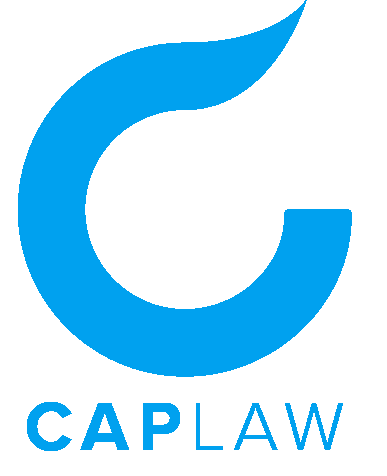LIHWAP: A Primer for the Community Action Network
Client Eligibility
While LIHWAP establishes income eligibility thresholds and some additional eligibility criteria, Recipients (and Subrecipients, in the absence of Recipient guidance) retain some discretion. Eligibility for LIHWAP is established by either: (1) categorical eligibility based on enrollment in another means-tested program, or (2) household income that falls within a threshold designated by the State in its approved LIHWAP plan. A household is categorically eligible for LIHWAP benefits if one or more members of the household are currently receiving assistance through LIHEAP, Temporary Assistance for Needy Families (TANF), Supplemental Nutrition Assistance Program (SNAP), Supplemental Security Income (SSI), or certain means-tested programs for veterans. Categorically eligible households may receive benefits even if their income exceeds the income eligibility threshold.
Alternatively, a household can establish its eligibility by showing that its income does not exceed a threshold designated in the State’s LIHWAP plan. The threshold is: (1) 150% of the poverty level for such State; (2) 60% of the State median income; or (3) the greater of the two. LIHWAP may not exclude a household solely based on income if such income is less than 110% of the poverty level for the State.
Under LIHWAP, certain benefits are excluded from the definition of income: TANF, SNAP, Women, Infants, and Children Supplemental Nutrition Program (WIC) benefits, and COVID-19 Economic Impact Payments (i.e., stimulus checks) (see Model State Plan). As with LIHEAP and the Community Services Block Grant (CSBG), in the absence of State guidance, CAAs may decide what counts as “income” for purposes of determining client eligibility. CAAs should refer to their State’s LIHWAP plan for additional eligibility criteria or work with the State when developing an eligibility policy for the program.
Other eligibility criteria CAAs need to consider include a household’s drinking water and septic systems, since program funds may only be used to pay water systems that provide water through pipes or other constructed conveyances. Such water systems may be owned by state or local governments, companies, investors, or shareholders. Except in limited circumstances, individual owners of septic systems or private drinking water wells are not eligible to receive LIHWAP payments.
For more information about the factors to consider as you draft and implement income eligibility policies, see CAPLAW’s CSBG Guide to Client Eligibility.
This resource is part of the Community Services Block Grant (CSBG) Legal Training and Technical Assistance Center. It was created by CAPLAW in the performance of the U.S. Department of Health and Human Services, Administration for Children and Families, Office of Community Services, Cooperative Agreement Award Number 90ET0482-02. Any opinion, findings, conclusions, or recommendations expressed in this material are those of the author(s) and do not necessarily reflect the views of the U.S. Department of Health and Human Services, Administration for Children and Families.
